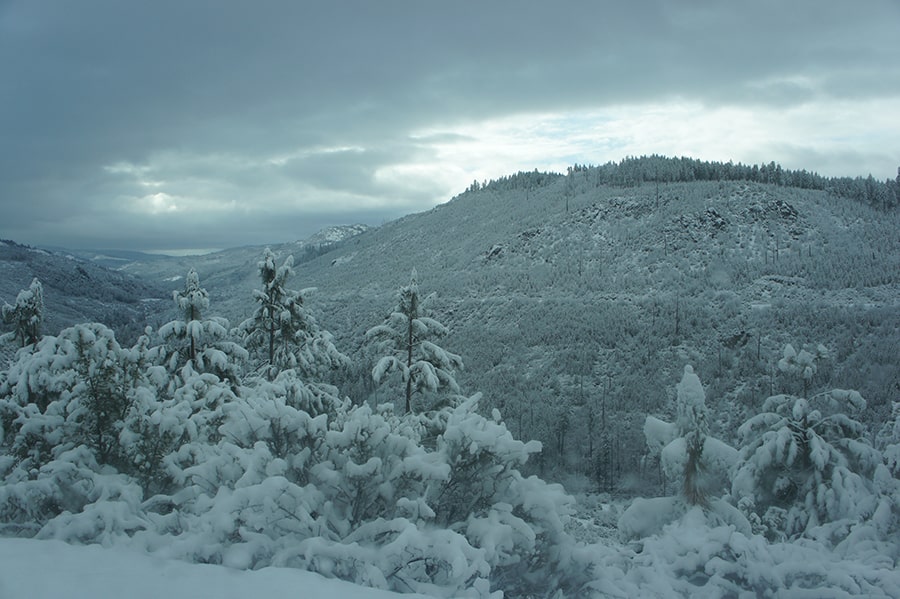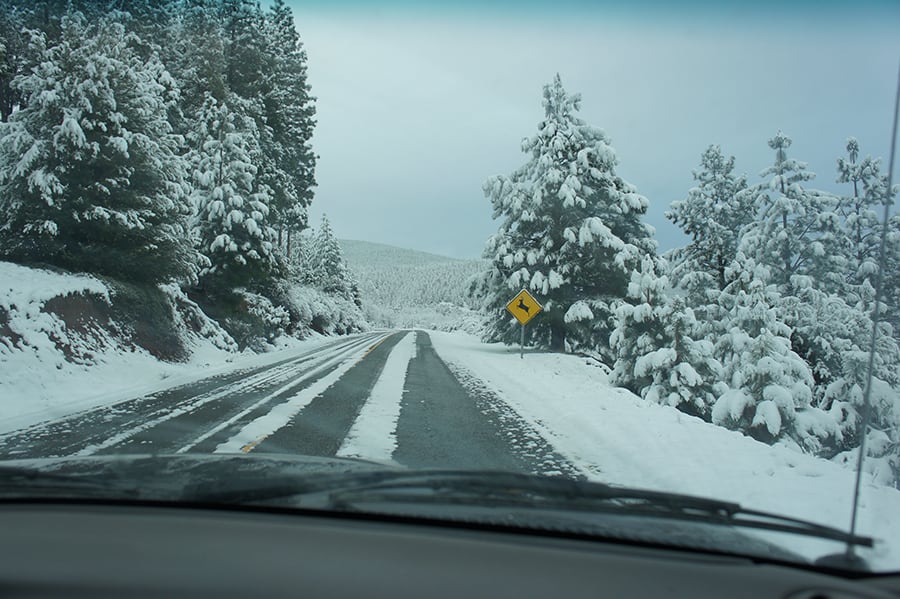Is engineering dangerous? Not always, but after my brush with death, I can’t help but ponder the sacrifices of countless engineers before me.
So many of us, myself included, tend to overlook the foundation of our modern-day luxuries. We get so caught up in our hectic lives that we assume life has always been this convenient. Flicking on a light switch, sipping clean water, or cruising along smooth roads – we do it all without a second thought.
But every now and then, it’s worth taking a step back to appreciate the history of our cushy lifestyles. Gaining perspective on the blood, sweat, and tears shed by engineers in the past can spark a sense of gratitude.
Now, let me tell you about my near-death experience as an engineer, spiced up with snapshots from that fateful day.
The dangerous engineering project

My colleague and I were tasked with a ground grid analysis for a hydroelectric plant. This was a critical assignment, as any grounding issue could lead to a facility shutdown, leaving countless homes and businesses powerless during the harsh winter months.
To make matters worse, nearby power generation sources were struggling. So, it was absolutely vital that we kept this hydro facility up and running.
Nestled amid a snow-laden mountain in California, the hydro plant was a sight to behold. Untouched snow glistened on the mountain’s surface, while the sun’s rays created a scene worthy of a Bob Ross masterpiece.
But as you ascend this picturesque mountain, its beauty can quickly turn treacherous, with merciless weather transforming the road into a hazardous path.
And, wouldn’t you know it, we had to brave this mountain in the thick of winter. Though it wasn’t an unusual trek, we meticulously picked a travel date with milder weather.
The climb up the mountain
At first, everything appeared normal. Snow blanketed the lush greenery, while the sun peeked through the clouds. The road itself was mostly free of snow and ice.
But as we climbed higher, the snowfall intensified, eventually swallowing the landscape in a sea of white, severely limiting our visibility.
On one side of the road stood towering snow-capped pines, and on the other, a sheer drop into oblivion – definitely not a drive for the faint-hearted.
Caught off guard by the sudden change in conditions, we were reminded that Mother Nature doesn’t care about our good intentions. She’s been doing her thing for millions of years and has no intention of stopping now.
The dangers on the road

Despite the worsening weather, we pressed on, inching our way up the mountain at a snail’s pace of 10 miles per hour, tire chains securely fastened.
At one point, we found ourselves on a long stretch of road without guardrails, which only fueled our anxiety. There was no turning back now, as reversing was impossible, and who knew if another car was lurking behind us?
To this day, that drive is seared into my memory. We encountered everything you’d hope to avoid behind the wheel:
- Atrocious weather
- A steep, winding road
- Slippery, snow-covered surfaces
- Limited visibility
- No guardrails
- High altitude
It’s worth mentioning that you need special authorization to access and drive at this elevation due to the protected hydro facilities.
The moment we lost control
Somewhere during our ascent, our car suddenly lost control for a few seconds. We swerved one way and then slashed back the other way. For a split second, we hugged the edge of the mountain where the guardrail was nonexistent.
The few seconds we lost control felt like an eternity. My only fear was falling off the mountainside, as my heart beat out from my chest.
Miraculously, the car regained traction. If it wasn’t for the 4-wheel drive and our tire chains, the outcome could’ve been much different.
But the journey wasn’t done. We had to continue moving forward and couldn’t even stop to regain our composure.
For the rest of the trip, we drove even slower. Both of us were dead silent, still in shock from what had just happened, while fearing another incident. I remember the last thing I wanted to do was look to my right and see the drop down the mountain.
In the end, we reached the hydroelectric facility with a harrowing story to tell. We successfully resolved the grounding issue and kept the hydro facility operational.
My Reflection on engineering dangers
What I went through isn’t unique; it happens in various forms of engineering. Dangers in engineering fieldwork aren’t as rare as you might think.
When you step out of your cozy office cocoon, you’re exposed to real-world hazards. And if you hit the rewind button just a century ago, the dangers were way more intense. Many of the safety regulations we enjoy today were nonexistent back then. The dangers could include:
- Scoping out a treacherous site for a potential new project
- Supervising and inspecting a bustling, active construction site
- Troubleshooting sketchy, undiagnosed problems in the field
- Inventing and testing in dicey environments
What’s more, the limited technology of yesteryears brought about the following additional dangers, which we can hardly fathom today:
- Power tools: these handy gadgets didn’t exist to help with inspection and construction work.
- Land travel: trains were the primary mode of transportation, but they couldn’t chug up mountains.
- Air travel: helicopters were a figment of the imagination. When they finally took to the skies, they were too delicate for construction work.
- Software and machinery: computers were unheard of, so project designs demanded human labor in hazardous site conditions.
Design and construction of an old-age hydroelectric facility

The tale of this old-school hydroelectric facility’s design and construction is nothing short of extraordinary.
Picture this: during the initial design phase, a bunch of fearless engineers trekked up the mountain, mules in tow. They took measurements with basic tools, nothing like the tech gadgets we have today. Painstakingly, they inspected and mapped out every single detail of the design.
Fast forward to the construction phase, and there they were, with mules carrying all the parts of this massive facility up the mountain. Each component—penstock parts, generators, and concrete—was strapped to a mule, and they plodded up that rugged path one step at a time.
Winter didn’t slow them down. As mules marched on, workers braved the cold, welding and pouring concrete. Engineers stood by, overseeing the construction amid harsh weather conditions, making sure everything was up to spec.
These guys were the real deal, total rock stars. With their own two hands, they laid the foundation for the incredible world we enjoy today. To say they were tough as nails is a massive understatement.
“Is engineering dangerous?” wrap up
Engineering can be risky, but it all depends on the job you’re in.
Some engineers are holed up in an office all day, where the only danger they face is a lack of fresh air and exercise.
But then you’ve got the daredevil engineers who work right on the edge, where danger is a constant companion. They could fall into a cement mixer, crash their vehicle, take a tumble from dizzying heights, and so much more.
That said, engineering has become much safer over the years. With every accident, new and improved safety regulations are put in place to protect our fearless problem solvers.
So, let’s wrap it up: everything in life has a price tag. There’s no such thing as a free lunch!
Do you think engineering is dangerous? Have you seen or heard about any risky situations in the field? What’s one aspect of modern life you’re most grateful for?
